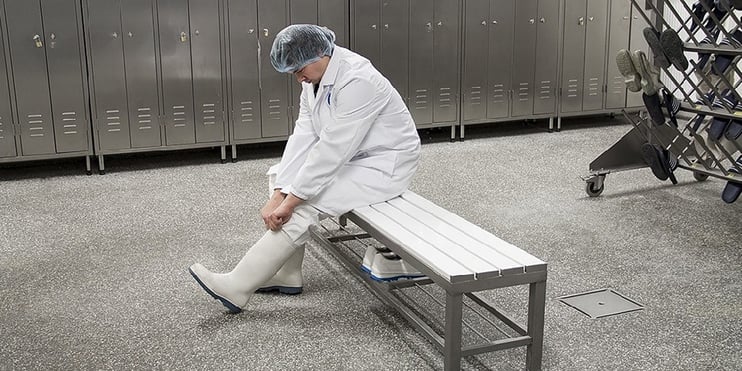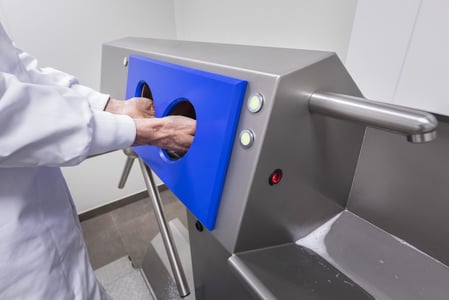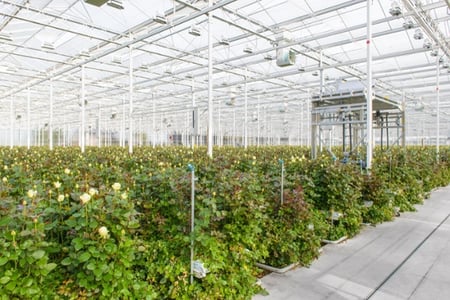Cleaning facilities for footwear according to the BRC

The BRC Global Standard for Food Safety - often simply referred to as BRC Food - is a standard for food safety that has been developed by the British Retail Consortium (BRC). The BRC Food standard is recognized by many retailers and producers around the world. One part of the BRC certificate concerns personal hygiene, including cleaning boots and shoes.
In order to obtain a BRC certificate, there must be, among other things, facilities to properly clean footwear. In this article we will discuss the specific facilities for cleaning boots and shoes.
Sole and shaft cleaning
Before an employee enters the production area, he must thoroughly clean the footwear that has also been worn outside the production area. A sole cleaner and a shaft cleaner must be part of the hygiene entrance.
The soles, edges and shafts of the footwear are thoroughly cleaned with brushes. The rotating brushes are automatically activated by means of sensors. The brushes are moistened with water that contains a small concentration of disinfectant. This ensures effective disinfection.
Disinfection footwear
According to the BRC, when an employee enters a high-care area - where for example highly perishable food is processed - it is mandatory to change footwear. It is forbidden to wear boots or shoes that come from outside the area. The inside and outside footwear are stored separately in the dressing room and the indside shoes are put on in the "clean" area of the dressing room. What often happens in practice is that the employees, before entering the high-care production area, disinfect their footwear by walking through a disinfection bath. After use, the inside footwear can be placed in special drying and storage racks in the dressing room. The boot dryers, which can also be heated, dry the inside of the footwear with air. It is also possible to opt for an ozone treatment that kills bacteria and neutralizes odours.
An efficient cleaning proces with controlled access
Cleaning and / or disinfecting the soles in the hygienic sluice often happens simultaneously with the hand disinfection. This ensures a fast and efficient cleaning process. The access gate - or turnstile - at the end of the hygiene entrance only opens when the hands have been disinfected. This ensures that the risks of product contamination are minimised.
Checklist for personal hygiene
Would you like to know more about what measures you need to take in the field of personal hygiene to be able to qualify for a hygiene certificate? Then download our white paper 'Check-list Personal Hygiene'.




.png)


